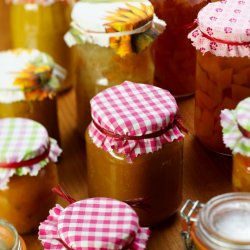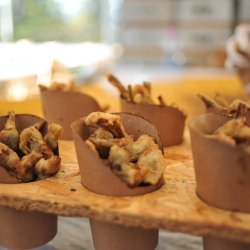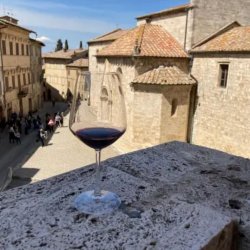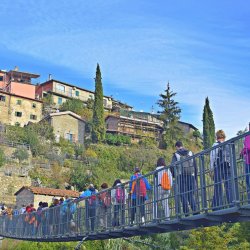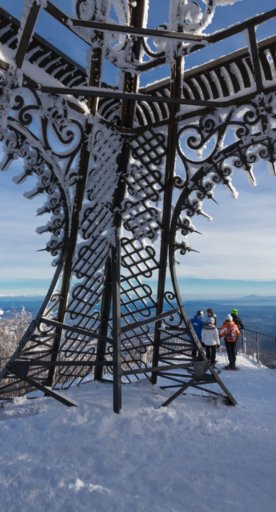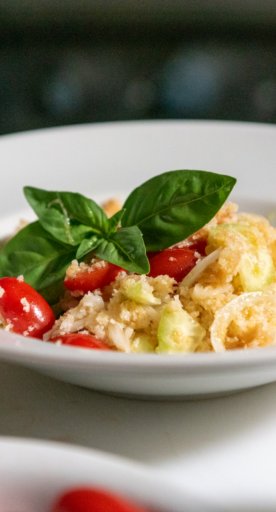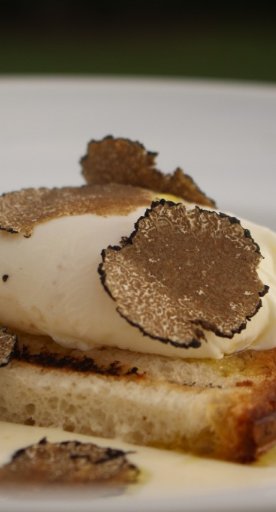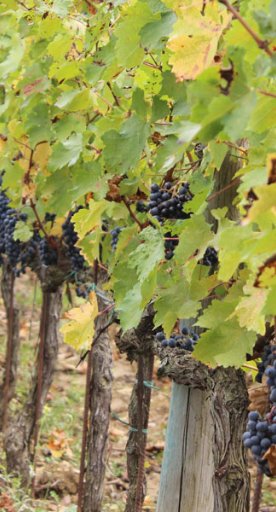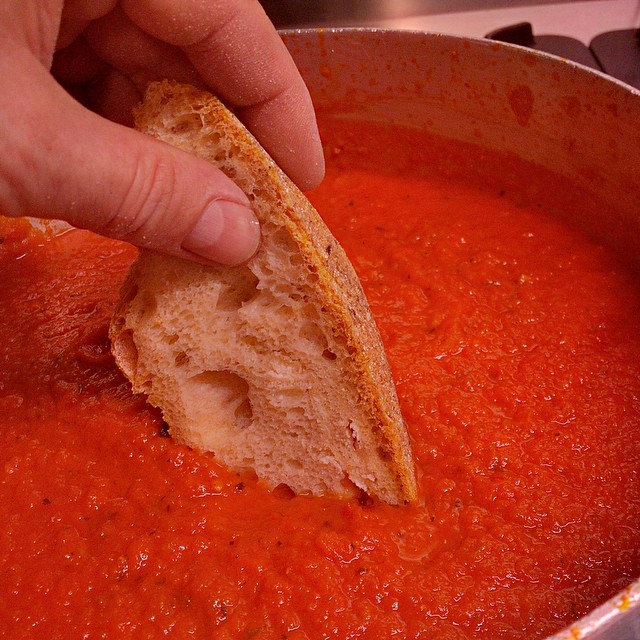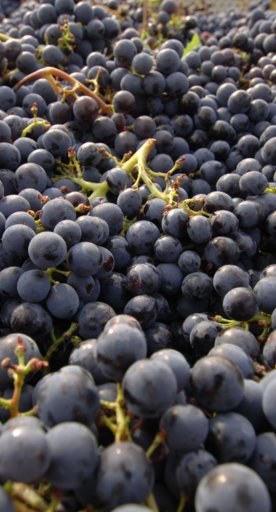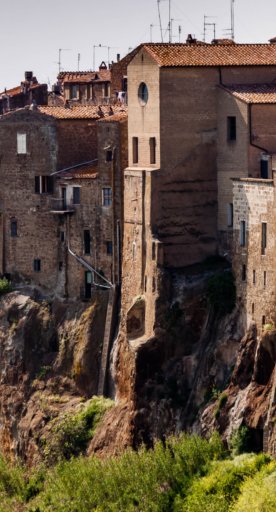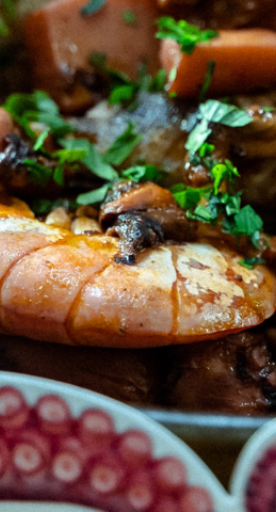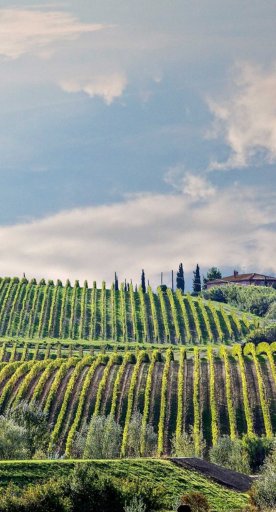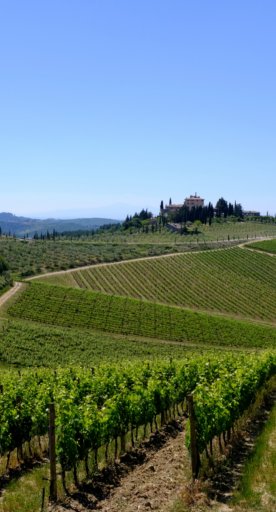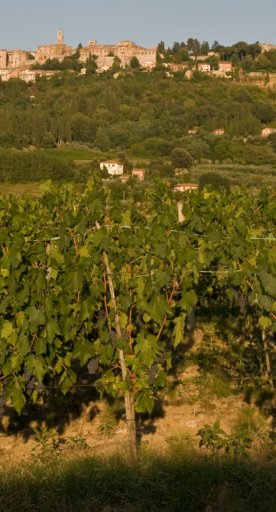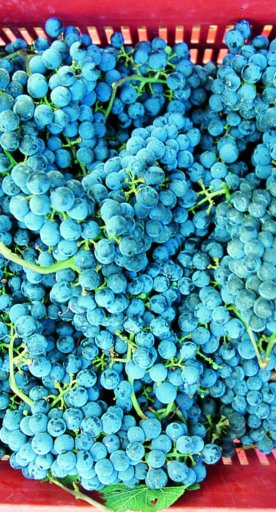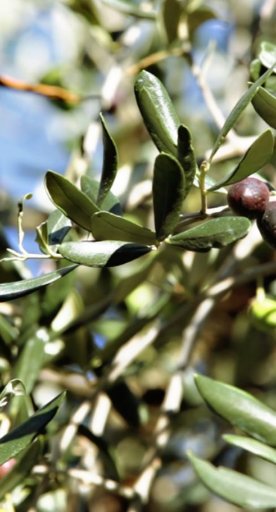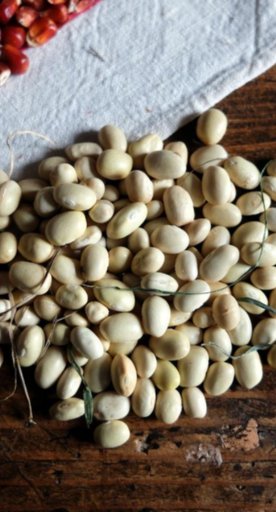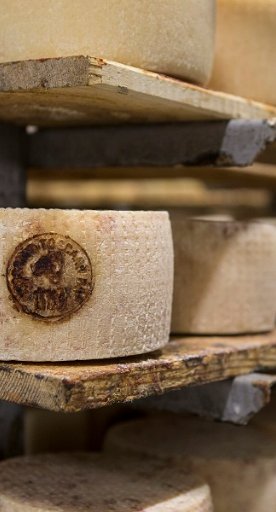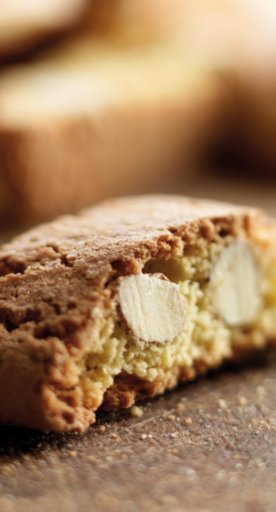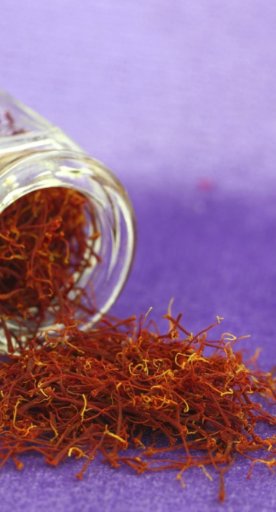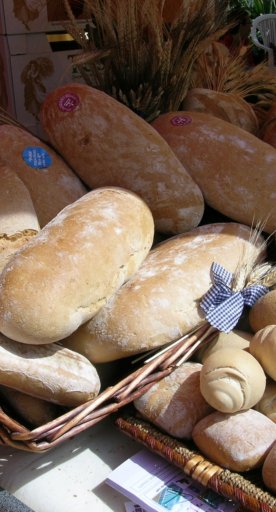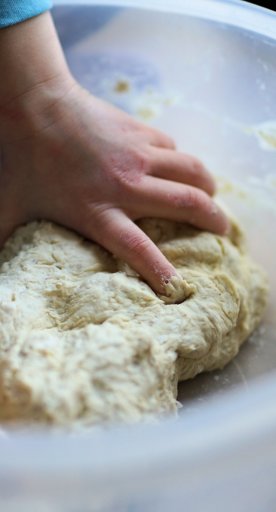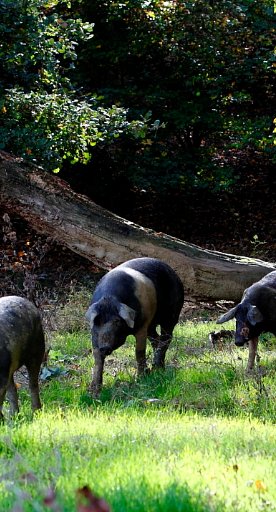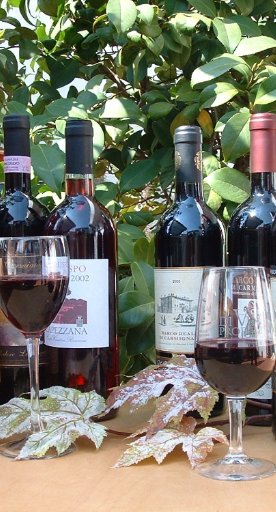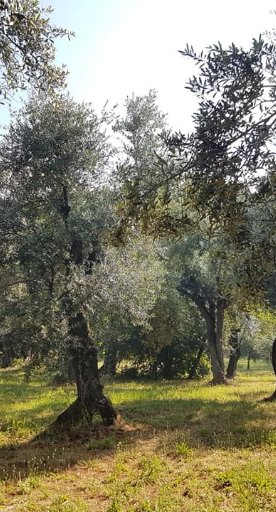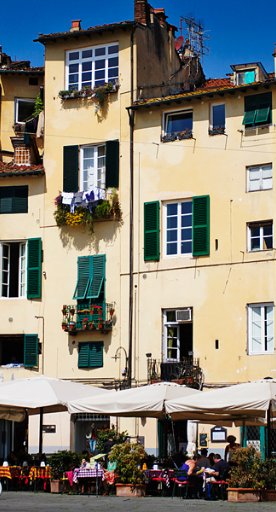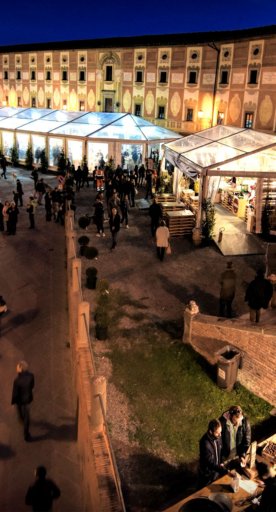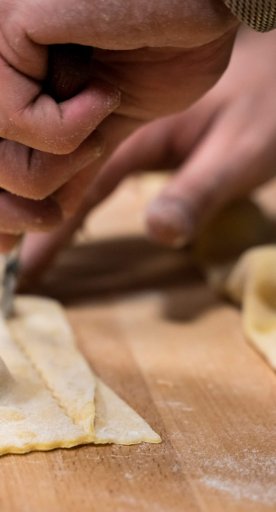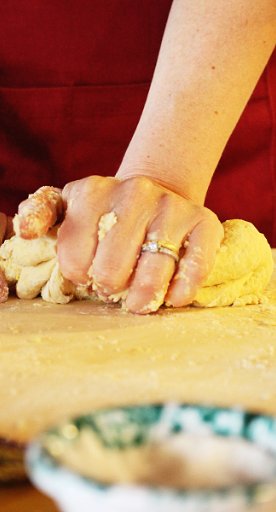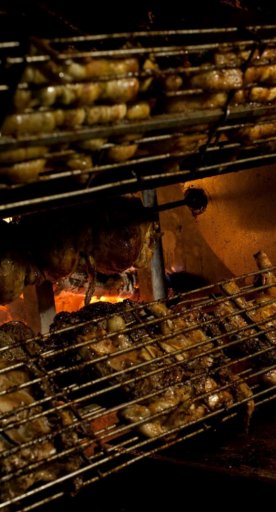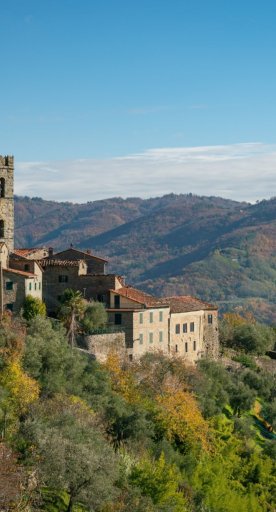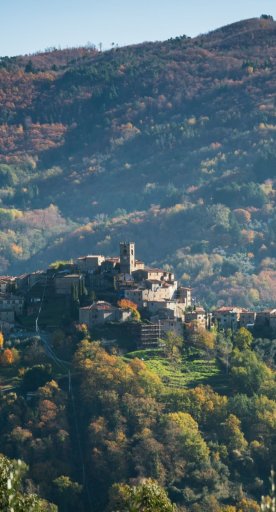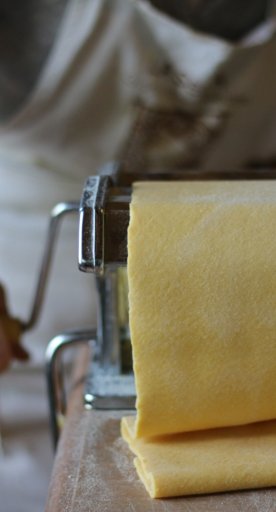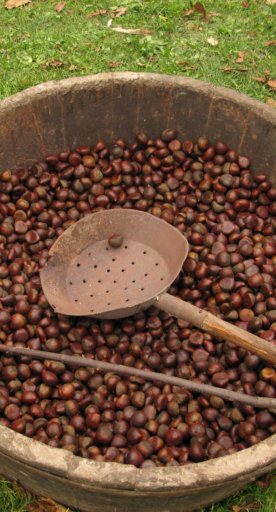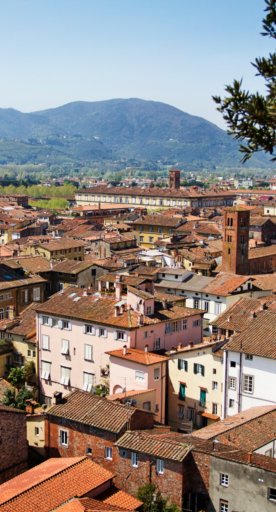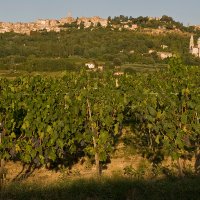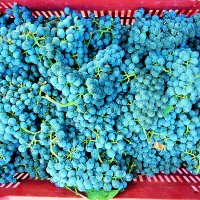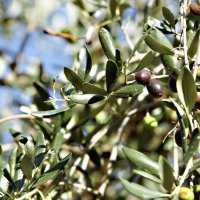

Easter in Tuscany: 4 traditional cakes
4 ways to celebrate Easter at the table
Easter is the perfect occasion to bring colorful and cheerful desserts to the table: not only the traditional chocolate eggs, but also tasty treats that win over just about everyone.
Here are 4 traditional proposals that must be on the table in spring!
-
1.Pan di Ramerino
-
2.Quaresimali
-
3.Schiacciata alla Livornese
-
4.Sportella
Pan di Ramerino
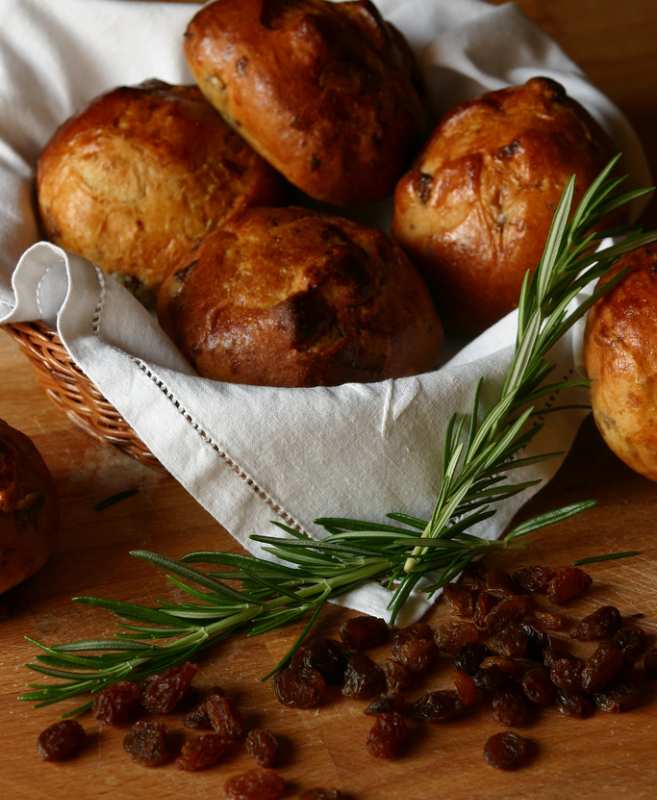
The Pan di Ramerino is a typical sweet of the period of Lent and used to be prepared in Florence on Maundy Thursday, before Easter.
It belongs to the tradition of sweet, spiced and flavored breads.
Ramerino stands for rosemary: this very fragrant aromatic plant is one of the main ingredients of these soft breads, enriched with walnuts and raisins.
The scent is unmistakable and over the Easter period it can never fail to appear on Florentine tables: it can be enjoyed on its own, with some jam or even with fresh cheese for an end of the meal truly bursting with flavor!
Here is the recipe for making this fragrant bread at home!
Quaresimali

The quaresimali are cookies made of egg whites, sugar, hazelnut flour and cocoa, sometimes flavored with orange zest.
They are characteristically shaped like letters of the alphabet, which is why children enjoy them so much, too.
Their origin is uncertain: it seems that they were first baked in a convent in the mid-19th century - the choice of the shape was allegedly a way to honor the words of the Gospel - but, more likely, their origin dates back to the early 1900s, in a confectionery factory in Florence.
Widespread especially between Florence and Prato, they will win you over once you taste them for the lightness and softness of their flavor.
To spend a pleasant afternoon - also in the company of children - here is the recipe for making these excellent sweets at home!
Schiacciata alla Livornese
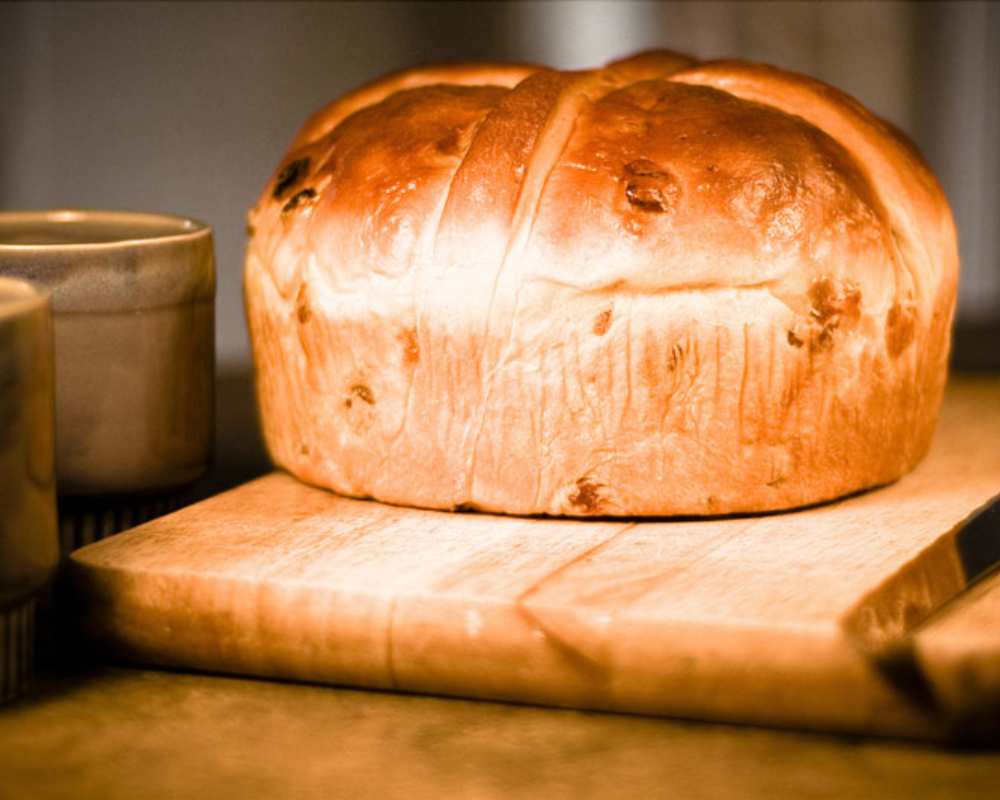
The Schiacciata Livornese is a poor, fluffy and fragrant cake that owes its characteristic aroma to the addition of orange zest and aniseeds in the dough.
Best known especially in the Livorno area, it is also known in the rest of Tuscany.
The rising process is very long and, as with all leavened goods, it is affected by humidity and temperature.
It is usually eaten alone, but it is also excellent with some jam or chocolate.
Sportella
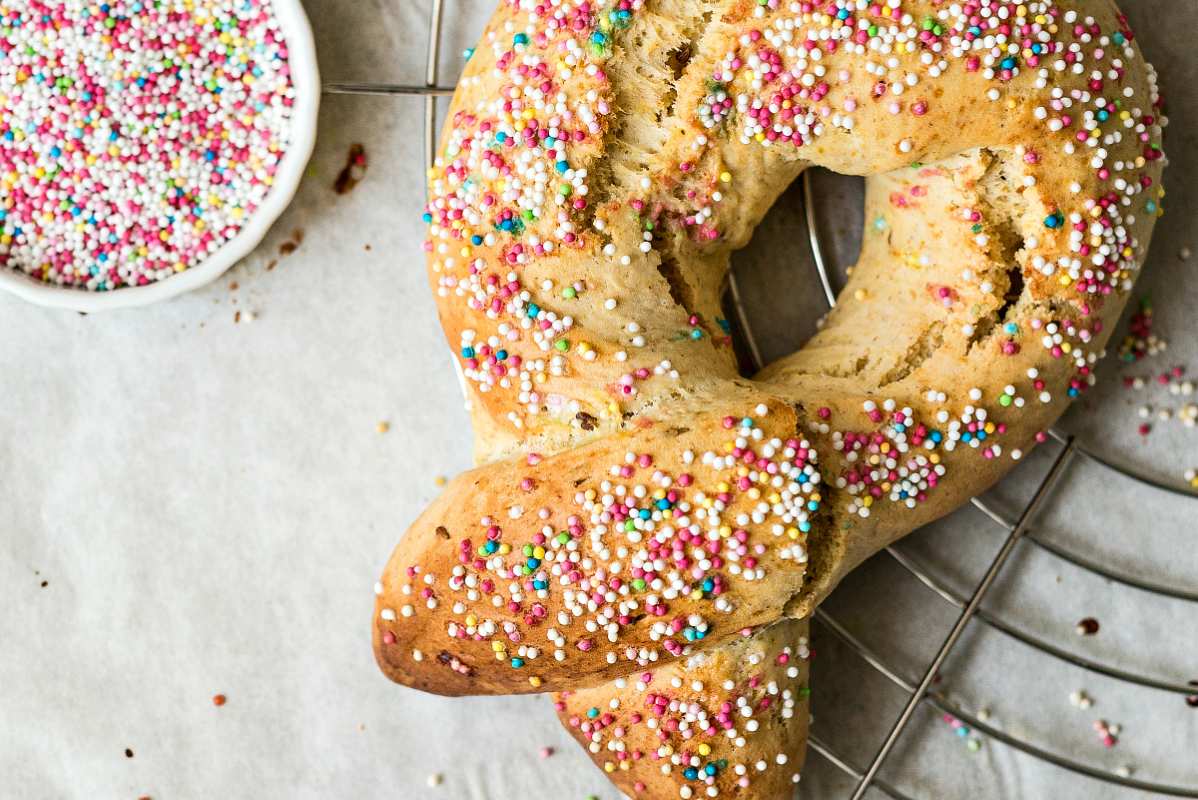
The sportella is a twisted donut-shaped cake, flavored with aniseed and decorated with colored sprinkles.
It stems from a very old tradition in the town of Rio nell'Elba: on Palm Sunday morning, young men would have their sweethearts find a basket filled with flowers with an Easter treat inside.
If the girls liked the gift and thus the declaration of love, for Easter, they would in turn give the sportella, which was gift-wrapped and blessed during mass.
The next day, during the traditional outing to the St. Catherine's Hermitage, the young people would meet to seal their love.
